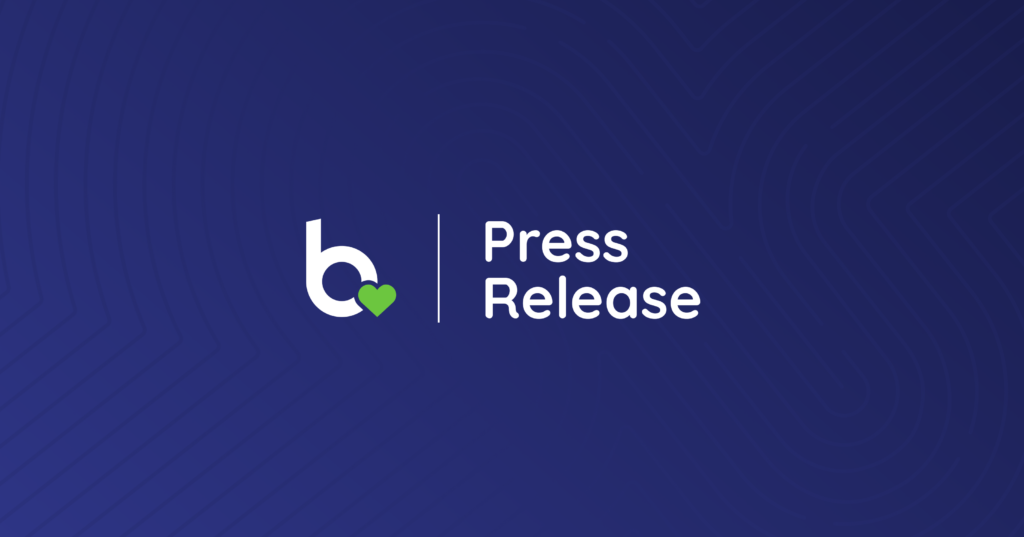The fast expansion of digital platforms like Amazon, Uber, and Airbnb has completely transformed how consumers access services. Healthcare providers are now striving to keep up with these digital competitors by becoming digital organizations that offer the same level of convenience and customer loyalty. However, achieving this goal requires more than just creating a new digital interface. It necessitates a new healthcare data architecture that can facilitate and sustain genuine digital transformation in healthcare.
Organizations Need a New Approach to Healthcare Data Architecture to Compete
Not surprisingly, the healthcare data architectures that organizations put in place 10 or 20 years ago are no longer able to handle today’s flood of digital information and consumer demand for convenience. But fear not, there is a solution. By embracing digital transformation in healthcare, we can achieve the highly personalized experiences we crave. And with the Fast Healthcare Interoperability Standard (FHIR), we have a powerful tool for exchanging healthcare information securely and efficiently between different systems. Let’s embrace this new approach to healthcare data architecture and unlock the full potential of the digital age.
The FHIR Standard
The FHIR standard defines how healthcare information can be exchanged between different computer systems. In addition, it was designed to be flexible and scalable. It was developed in 2012 by Health Level 7 (HL7) and allows clinical and administrative data to be available securely to those who have the right to access it for the benefit of consumers. Furthermore, FHIR allows healthcare organizations to exchange information in a standardized way.
To put it simply, FHIR positively impacts patients, payers, and providers. It makes it easier to exchange electronic health information and allows organizations to build scalable backend architectures. So to us, the FHIR Standard is THE standard.
What’s at Stake?
Organizations that choose to stick with their current digital architecture are risking a lot regarding consumer satisfaction and retention. By not transforming their backend architecture, they are also putting themselves in a position to be less competitive. When a consumer seeks healthcare services but faces obstacles due to outdated data architecture, several potential consequences can arise:
Delayed Decision-Making: Potential for delays in critical medical decisions, affecting the timeliness of treatment and care.
Limited Personalization: The consumer’s unique healthcare needs and preferences may not be adequately addressed.
Frustration and Dissatisfaction: Dealing with cumbersome processes and a lack of seamless digital experiences can become tiresome.
Consumer Churn: The consumer may seek alternative sites of care that offer more modern and convenient services.
Compromised Healthcare Outcomes: Outdated data architecture can hinder effective coordination among healthcare providers. This could potentially compromise patient safety and overall healthcare outcomes.
Inefficient Resource Allocation: Healthcare organizations may waste valuable resources by manually handling data and inefficiently managing operations.
Missed Opportunities: Lack of insights into consumer behavior and preferences may result in missed opportunities to improve services. You might also miss out on delivering better consumer experiences.
Reduction in Revenue: With an architecture that is rigid and unscalable, potential revenue streams could be reduced due to lack of an innovative and scalable program.
Addressing these challenges and embracing modern healthcare data architecture, like the FHIR standard, is crucial for organizations to provide optimal care and deliver exceptional patient experiences.
Embracing a New Healthcare Data Architecture
Just as there are great risks in avoiding a digital transformation in healthcare, there are also great rewards for embracing it. Some of which include:
Gaining access to real-time data
Open, secure, bi-directional data architecture enables organizations to access and exchange data across systems easily. With FHIR, you can accomplish myriad tasks ranging from identity proofing, consent management, and workflows to external connections, data science, and processing.
Meeting consumers where they are
It’s now possible to gather an individual’s full longitudinal health record to see all their insurance claims, previous test results, social determinants, and behavioral preferences. In addition, you can use that information to make healthcare more convenient. By matching consumers with the right doctor, at the right time, in the right modality, you can meet them where they are.
Providing a world-class digital consumer experience
Consumers are accustomed to a holistic digital experience when they shop, dine, travel, bank, or do just about anything else. By setting up bi-drectional integration, you can meet their expectations with a system that is intelligent enough to know what happened in their previous interactions; regardless of the modality.
Understanding your consumers’ behavior
What did your consumer or prospective consumer do on the website? What hooked them and where in the funnel did they fall off? Knowing this sort of information enables organizations to make changes to improve the health experience.
Empowering convenient self-service
Organizations can provide consumers with everything from behavioral and wellness programs to telehealth, digital health, virtual health, asynchronous health, access to your services, and more insight into costs and benefits. This self-service healthcare not only is more convenient for consumers but also frees up resources within your organization. And when consumers have a seat at the table in their care, they can start to understand more about health literacy and make choices aligned with evidence-based medicine.
Offering choice and improving equity
Currently, deploying new digital health and solution partners requires very lengthy RFI, RFPs, and selection committees that try to find solutions for an entire population. It’s not only excessively slow but ends up driving the adoption of solutions that may not work for everyone. Now organizations can create robust, open, double-sided marketplaces that allow digital health partners to onboard themselves to your ecosystem. With vastly more solutions to select from, you can now use data science to match individuals to solutions they’re more likely to engage with. And in the process, improve health equity.
Taken together, the benefits of an open, secure healthcare data architecture represent a powerful consumer convenience
And that power is already being wielded—and by healthcare organizations, not just online retailers. With the right data architecture, healthcare organizations can win big by meeting consumers where they are and bringing routine transactions into the digital age. By doing so, they’ll deliver on convenience in a way that was never possible, let alone dreamed of.



